It’s now or it’s never, and I’ve got to
Make my decision
This time it could be my moment
Is this a mirage or a chance to fulfil my mission?
Between Persona 5 and its Royal variant, I’ve sunk over 200 hours into the Atlus role-playing game series that pits Japanese teenagers against malevolent, would-be gods. With Persona 5 Strikers, which is arriving worldwide February 23, I’m well on my way to adding another 100 hours to my running total.
Just about everything I loved about both Personas 5 and Royal is transplanted into Strikers. The charming characters, the story, the vibrant menus, and the music combine with a new combat system that disposes of turn-based, RPG-style fighting in favour of a more frenetic, real-time, one vs. 1,000 format that still makes you feel like you’re playing a Persona game.
Put the Phantom Thieves in damn near anything, and I’ll show up. They’re so well-written, realistic-sounding and mature. And they’ve grown from when we last met them, showing empathy to their adversaries. You’ll cheer when they get their big damn hero moment. How could I not take the opportunity to spend another 100 hours with these kids? And on a cross-Japan road trip too? Say less.

A river in a dry land
The last ace in a lost hand
A heartbeat for a tin man
Oasis in a singed land
Persona 5 Strikers takes place six months after the end of Persona 5. While the game does not spoil Persona 5 or Royal and one does not need knowledge of them to enjoy Strikers, it helps to have played these predecessors, if only to appreciate the oblique references made to the past and to have a slight leg up in combat.
You resume the role of the nearly silent protagonist Joker, who’s returned to Shibuya to meet up with his old friends turned comrades-in-arms, the Phantom Thieves, to enjoy their summer break together. Because it’s the Phantom Thieves, of course, metaphysical shenanigans ensue, forcing our heroes to don their masks, return to the cognitive world, and resume their tradition of stealing the hearts of the wicked.
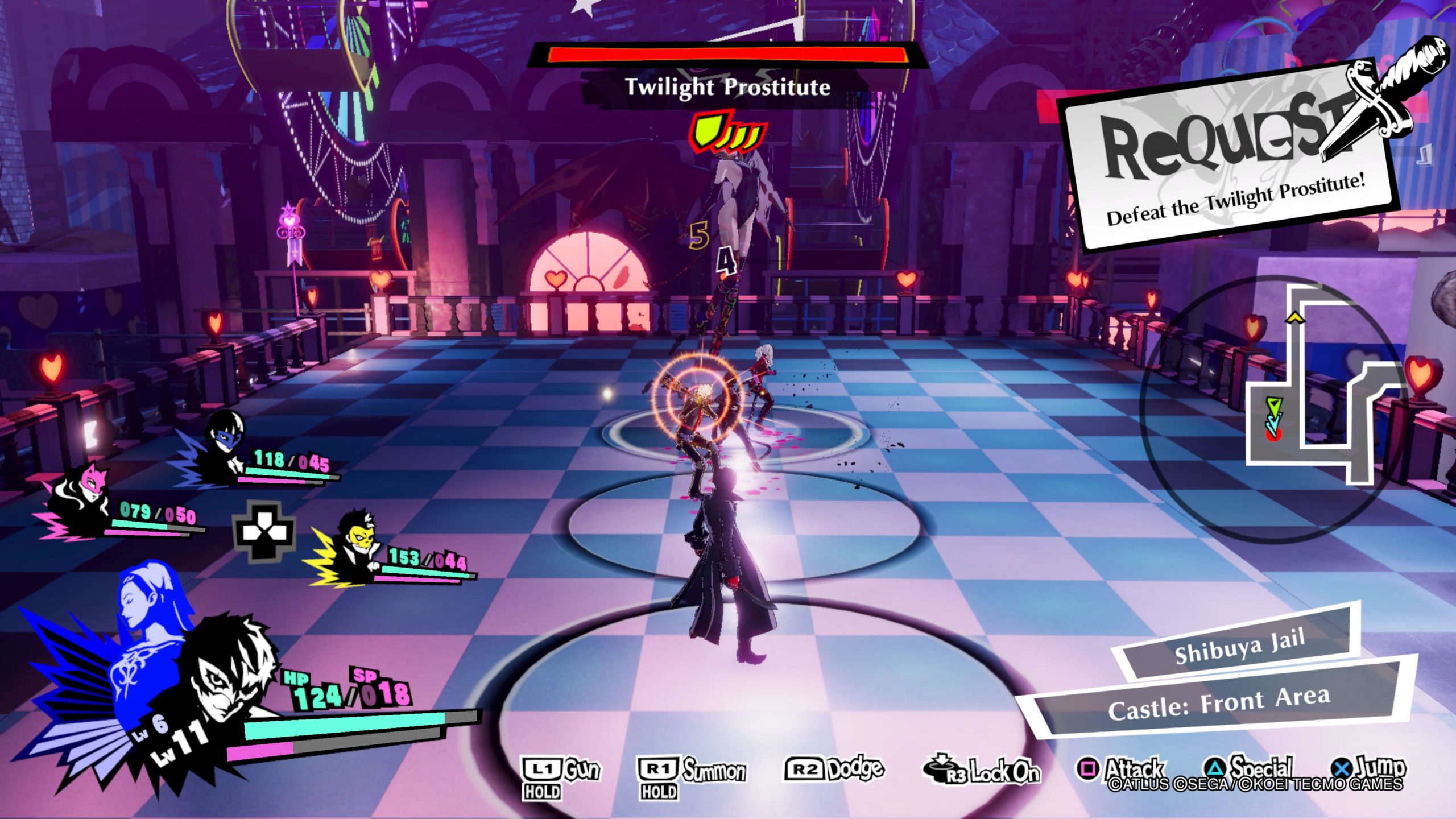
I’m keeping the balance, but I’m standing
On razor’s edge now
Move quick or my life is over
One strike, just a feint, then …
I’m outta his field of vision
Don’t ask why I’m ready but I’m ready to
Strike him down now
Strikers bears little resemblance to other Koei Tecmo musou (hack-and-slash games that pit lone warriors against huge armies) developed for other franchises, like the disappointing Hyrule Warriors: Age of Calamity and the One Piece: Pirate Warriors series. While those games were Zelda- and One Piece-themed reskins of a Dynasty Warriors game, Strikers has far more Persona 5 in its blood than Dynasty Warriors, and that works in Strikers’ favour.
In a typical musou game, the combat arena spans an entire map. Pockets of enemies dot the landscape requiring you to hop from engagement to engagement in one long, continuous fight. I like that Strikers breaks the musou mould by restricting battles to much smaller scenarios, similar to what you’d see in a typical RPG. You can strategically plan your engagements through stealth and ambush tactics, granting you the upper hand in a fight, or avoid starting fights altogether. There are no bases to capture or protect, so there’s no penalty for simply running away.
Strikers does away with some of the more traditional musou elements, but others remain. Each character comes equipped with a melee and ranged weapon, and you still fight hordes of foes using a variety of button-mash-y combos. Combos are different between each of the nine playable characters, and part of the fun is learning new, powerful combos and finding which character best fits your style. Do you like short stabs and slashes mixed in with Matrix-style gunplay? Then Joker’s your boy. Do you prefer slower but devastating blows? Give the Beauty Thief a try.
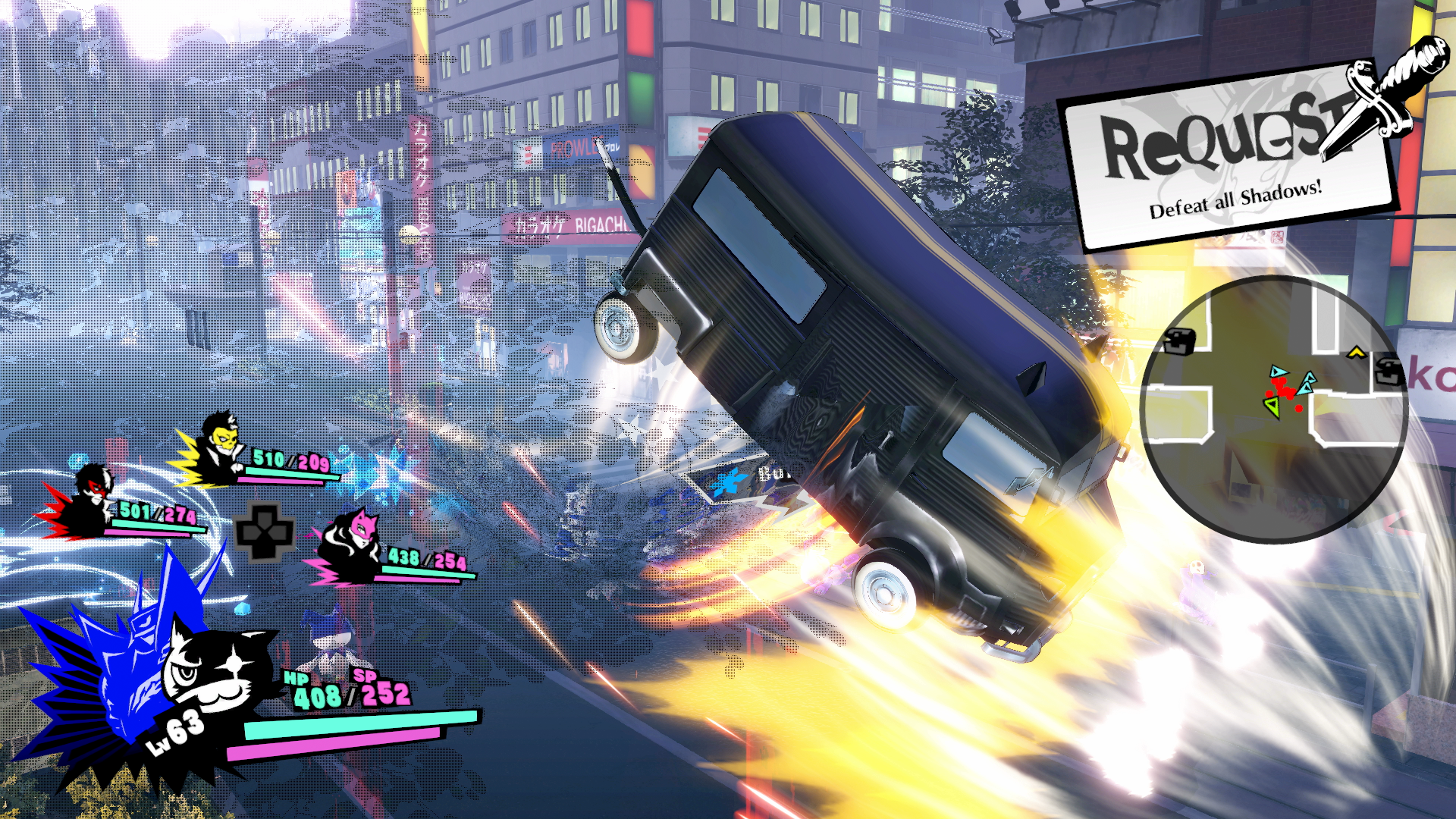
Morgana is my least-favourite story character but my favourite in combat. He’s a small anthropomorphic cat, and whenever he jumps and spins you hear a cartoonish slide whistle, adding a dissonant but comical note of levity as he brutally eviscerates enemy shadows. In one of his combos, he transforms into his no-doubt-Totoro-inspired cat-bus form, hissing whenever he flattens an enemy under his tires.
It wouldn’t be a Persona game without the titular Personas — powerful, summonable allies you use in combat to weaken your enemies. Every other character has one Persona to call upon for aid, while Joker, the main character, can employ several at once. As a jack-of-all-trades, Joker’s ability to call forth multiple Personas makes him the de facto most powerful Thief. But because he has all those Personas at his fingertips, his combos feel a little weak in comparison. I would often grow bored of his basic stab-stab-shoot, or stab-stab-stab-stab combo. Though the other Thieves’ Personas are generally weaker, each has a far more varied and therefore satisfying combo style.
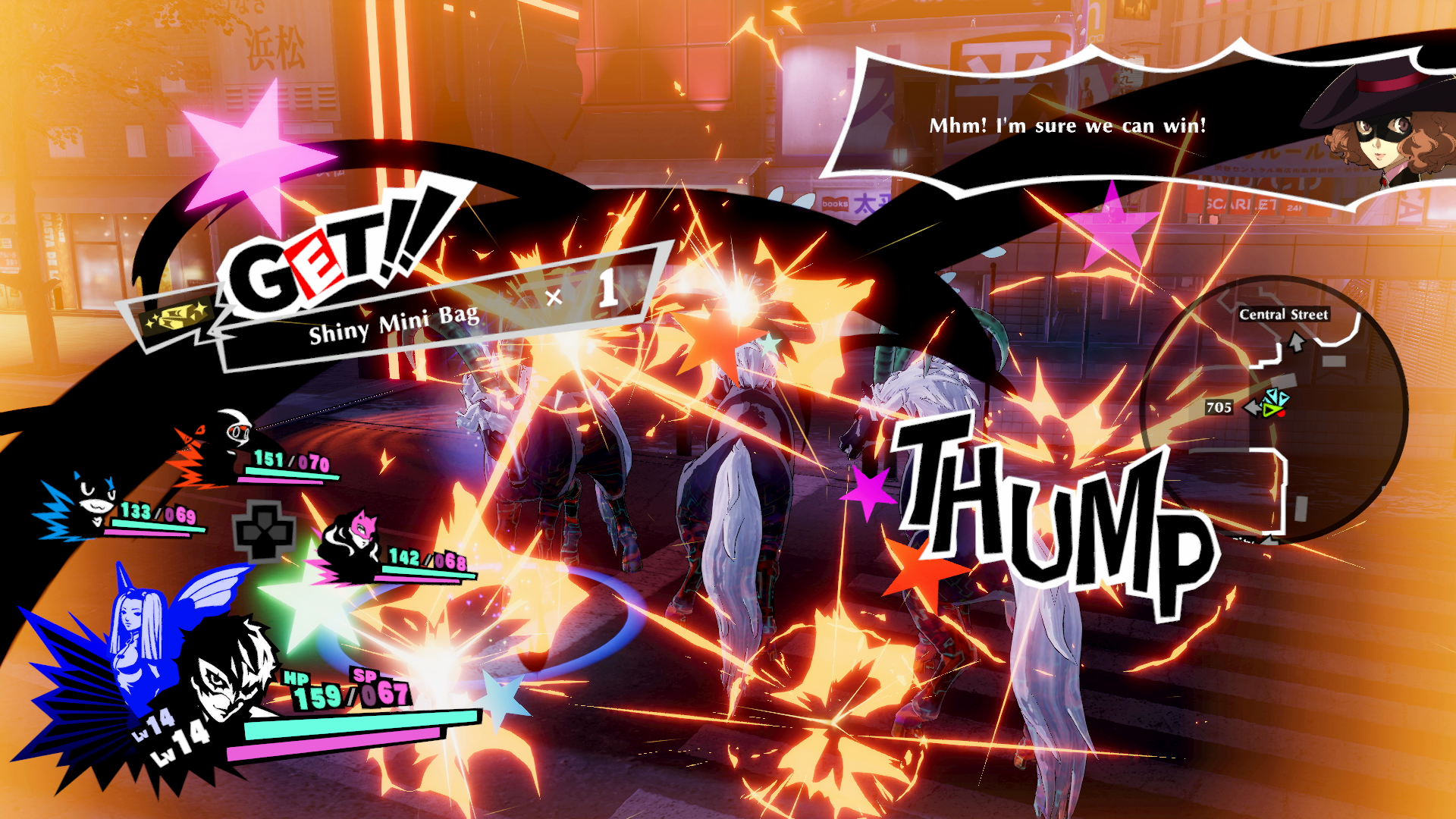
A chance at a new start
There’s no time for indecision
Combat can look extremely chaotic, but it’s actually a well-defined and satisfying ballet of combo execution, Persona wielding, and all-out attacks.
Joker starts the battle with an ambush, initiating an all-out attack. He moves through the thick cloud of enemies slashing and stabbing before Fox lets you know he’s ready to let loose an ice attack. One press on the d-pad and you’re controlling Fox. Your enemies are now frozen statues. Another button press, and you’re controlling Queen, who unleashes a nuke, zapping the frozen enemies. Since the nuclear attack struck a frozen enemy (known as a technical attack), it triggers another all-out attack, and the crowd of 50 enemies is gone in three seconds and three button presses.
Regular battles are quick, sharp, fast, lasting only seconds, or even a single button press if you manage to ambush them. Bosses present a tougher challenge, requiring you to deplete a number of defensive shields before being allowed to strike at its soft underbelly of an HP bar. Unlike in standard musou games in which you can get away with mindless button mashing, I prefer Strikers’ combat because it requires you to develop strategies in the midst of the melee. You can hop between your party members, slashing, stabbing, and shooting everything that moves, but you won’t get fare unless you suss out your enemies’ weaknesses. And when you do, you’re rewarded with a devastating Showtime attack that can really clear a room or a boss’s last chunk of health.
A river in a dry land
The last ace in a lost hand
When the hope of new beginnings burned our feet
Still, combat can get repetitive, especially if you find it difficult to get the hang of combos. Combat is also extremely resource-intensive. Using Personas drains your stamina points (SP), and if you’re using them to hit weaknesses often (as you should), you’ll run dry of SP three to four fights into a dungeon, necessitating a trip back to the real world to stock up on supplies or food. You can get around this with a special combo trick that deploys a Persona’s main elemental attack without consuming SP. Or you can keep your party fresh by rotating allies out at checkpoints.
Now we need it:
A heartbeat for a tin man
An oasis in a singed land
Persona 5 and Royal restricted you to the confines of Tokyo’s Shibuya district. In what is perhaps the best change-up from Persona 5 to Strikers, you get to see more of Japan as the Phantom Thieves go on a cross-country road trip fighting shadows and toppling the malicious but misguided Monarchs.
Each new city looks as beautiful and feels as distinct as I imagine their real-life counterparts do. My joy playing Strikers was largely derived from this road trip. From the comfort of my couch, I saw Osaka’s Dotonbori recreated with its super colourful displays lining the streets and Shinsekai’s famous pufferfish hanging fat and happy over my head. I shouldn’t have to tell you how good it feels to have an authentic tourist experience seeing the sunny streets of Japan in August while I’m snowed in in Ohio.
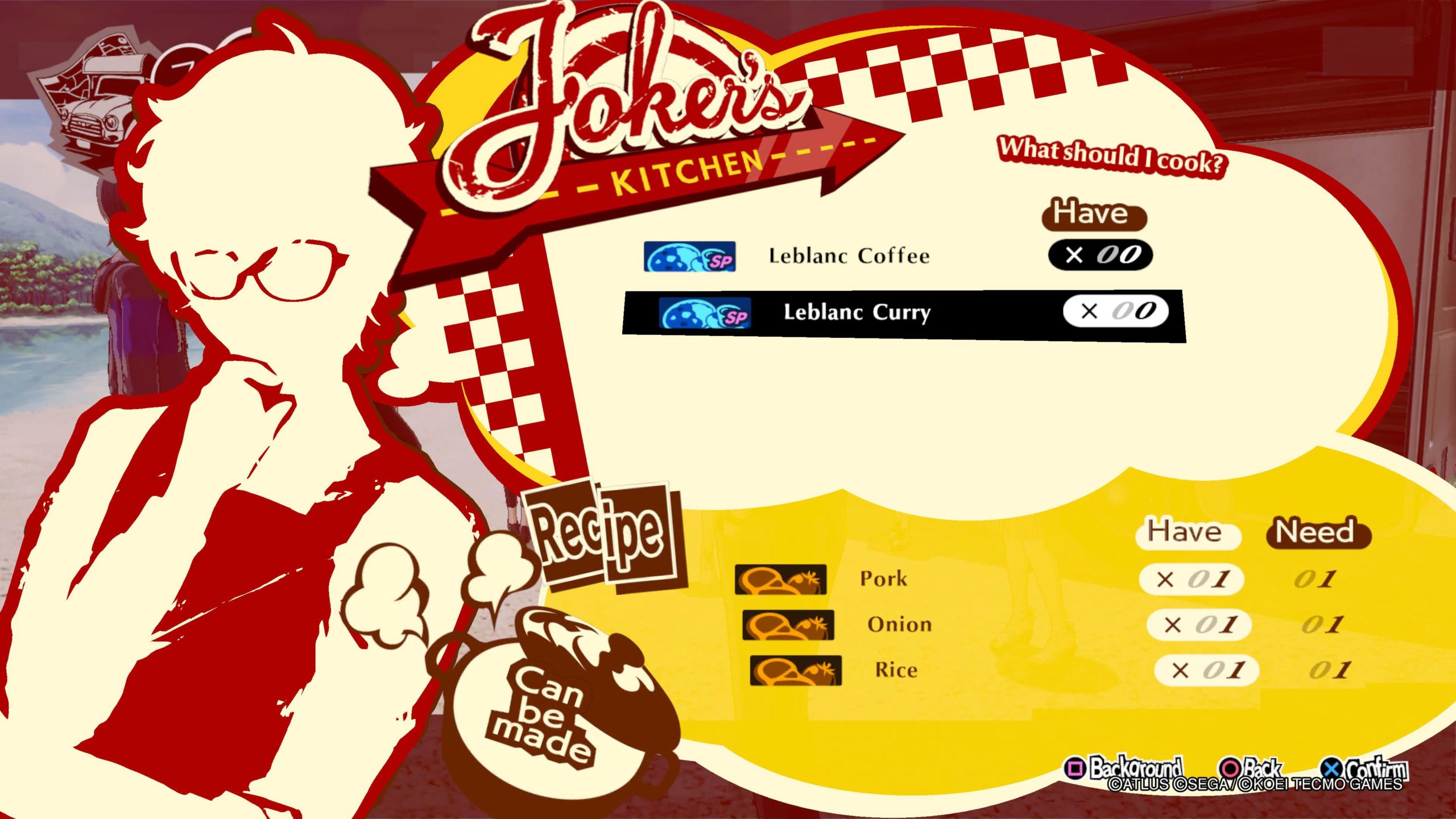
In every city you’re encouraged to try the local cuisine, even recreating it for yourself. Cooking is one of the new aspects introduced in Strikers, and it quickly became one of my favourite tasks. The hunt for recipes encourages you to explore your surroundings, talk to people, and visit local food stalls.
Maybe I wasn’t eating enough during my week-long playthrough, but the food in Strikers sounded so appetizing that it made me crave foods I had never even heard of before. I hear words like okonomiyaki and see its vague description as a meat and cabbage pancake, and I go, “Fuck, I want that.” When they’re not fighting monsters, all these kids do is eat, and I love them for it. There’s something so relatable about a group of teenagers motivated solely by what their next meal’s gonna be rather than how they need to prepare for an upcoming fight. It’s some of the most authentic writing of teenagers in a video game that I’ve seen.
[review heading=”Persona 5 Strikers” image=”https://www.gizmodo.com.au/wp-content/uploads/sites/3/2021/02/13/ap49zvzbecegdhdprljn.png” label1=”BACK OF THE BOX QUOTE” description1=”Not your mama’s musou.” label2=”TYPE OF GAME” description2=”Japanese cooking and tourism sim.” label3=”LIKED” description3=”Ryuji Sakamoto.” label4=”DISLIKED” description4=”Repetitive combat that, if taken away, leaves little else.” label5=”Developer” description5=”Omega Force / P-Studio” label6=”Platforms” description6=”PS4 (played on PS5), Nintendo Switch, PC” label7=”Release Date” description7=”February 23, 2021″ label8=”Played” description8=”46 hours, probably less if you take out all the time I spent idling listening to “Daredevil.”” ]
Remind us what we’re here for:
Creating new life
Creating rivers in the desert
While I enjoyed exploring all the new areas, I wish the game gave me more opportunity to really take in the sights. The game is very on-rails, hurrying you from one locale to the next, shunting you into dungeons with little opportunity to enjoy the outside world outside of cutscenes. The various activities you could do in Persona 5 — visiting batting cages, binging huge-arse burgers, getting your fortune told, learning Shogi — have been removed from Strikers. And when you are granted the chance to breathe fresh air, your experience is very superficial — limited to visiting a location’s various stores to buy combat supplies or cooking ingredients.
Though Strikers is light on social activities, there are side-quests to complete. Sometimes a request might ask you to defeat a specific number of enemies in a specific way (kill five Jack Frosts with fire attacks) or with a certain Phantom Thief (defeat ten Lilims with Panther). The Velvet Room returns, allowing you to level up your Personas, create new ones, and fill Lavenza’s own Persona-specific requests too. Your companions will also give you their own requests, which reward you with points that increase your stats and cute story moments.
Requests were hit or miss for me. Sometimes they were trivial to complete as I would already have the required number of items the moment the request to collect them became available. Other times, requests were a downright pain. No, I don’t want to fight that difficult boss battle all over again, especially if the reward is a measly stack of cash. But other rewards can be worth the tedium, like weapons that are far more powerful than anything you can buy.
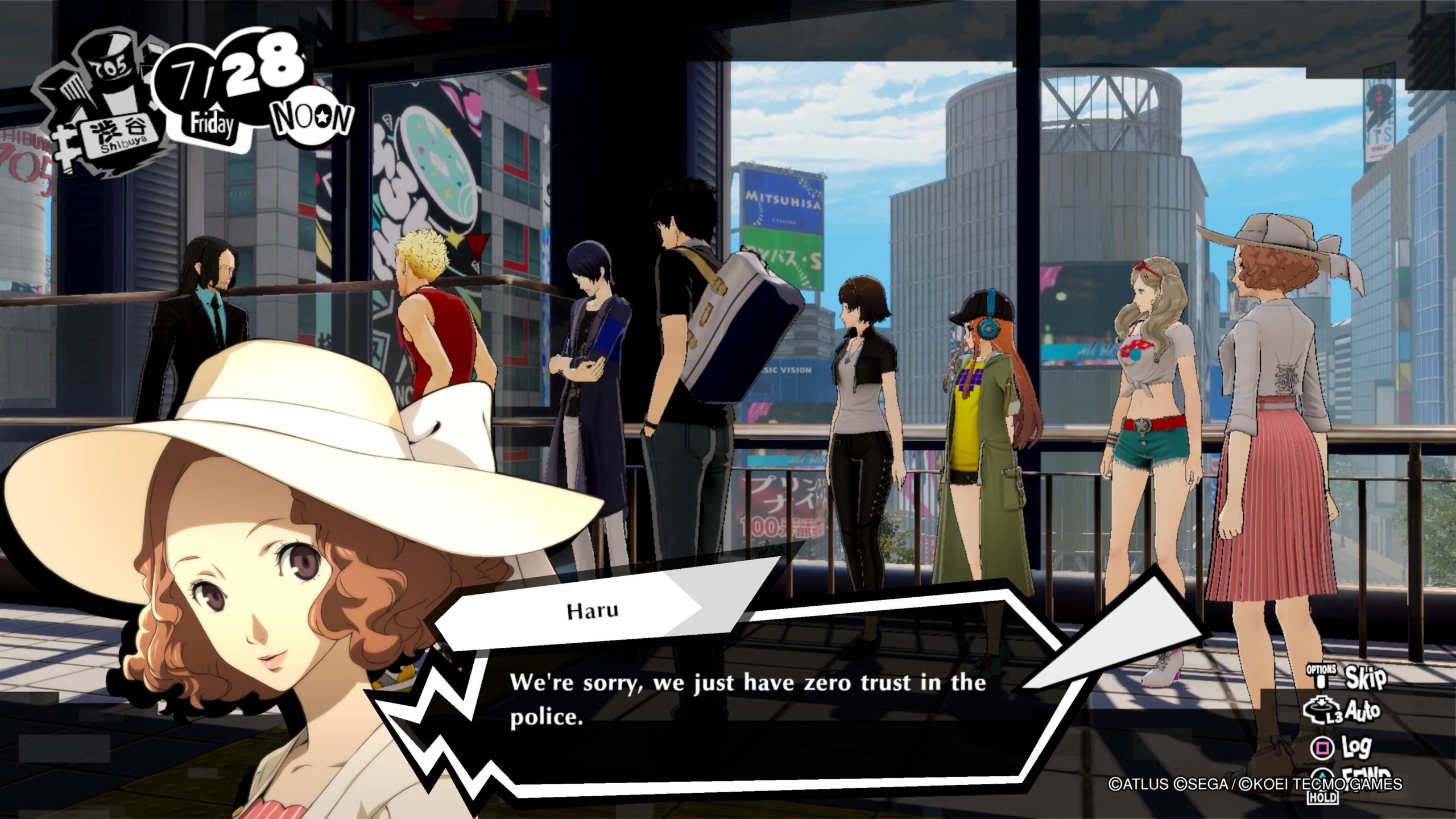
My heart is a furnace,
(It’s) Hot as hell in my world of conflict
One goal is what keeps me going
Take back what I lost to …
The bosses of greed and fear, yeah
Don’t ask why I’m ready but I’m ready to take
Them down now
The time for a new start
Is constantly drawing nearer
Since Strikers is so light on the activities that comprised the bulk of Persona 5, the story has to do the heavy lifting to keep us engaged. After getting burned expecting more story from Age of Calamity than it delivered, I approached Strikers expecting nothing but a lighthearted, non-canon story with my favourite Phantom Thieves. I did not expect a full-blown sequel to Persona 5 that was also a treatise on trauma.
Persona 5 Strikers’ central theme examines how similar forms of trauma can affect people differently, and how that effect can lead to drastically diverging life paths. Each villain that the Phantom Thieves confront has a traumatising inciting incident that leads them to become the mind-controlling monarchs of dungeons known as jails — like a pop idol, once the victim of vicious school bullying forces people to love her unconditionally. There’s a heartbreaking scene in which Haru, codenamed Beauty Thief, recalls how the pain of her father’s death literally wiped away some of her happier memories. I remember remarking aloud, “Oh no, baby, that’s a trauma response.”
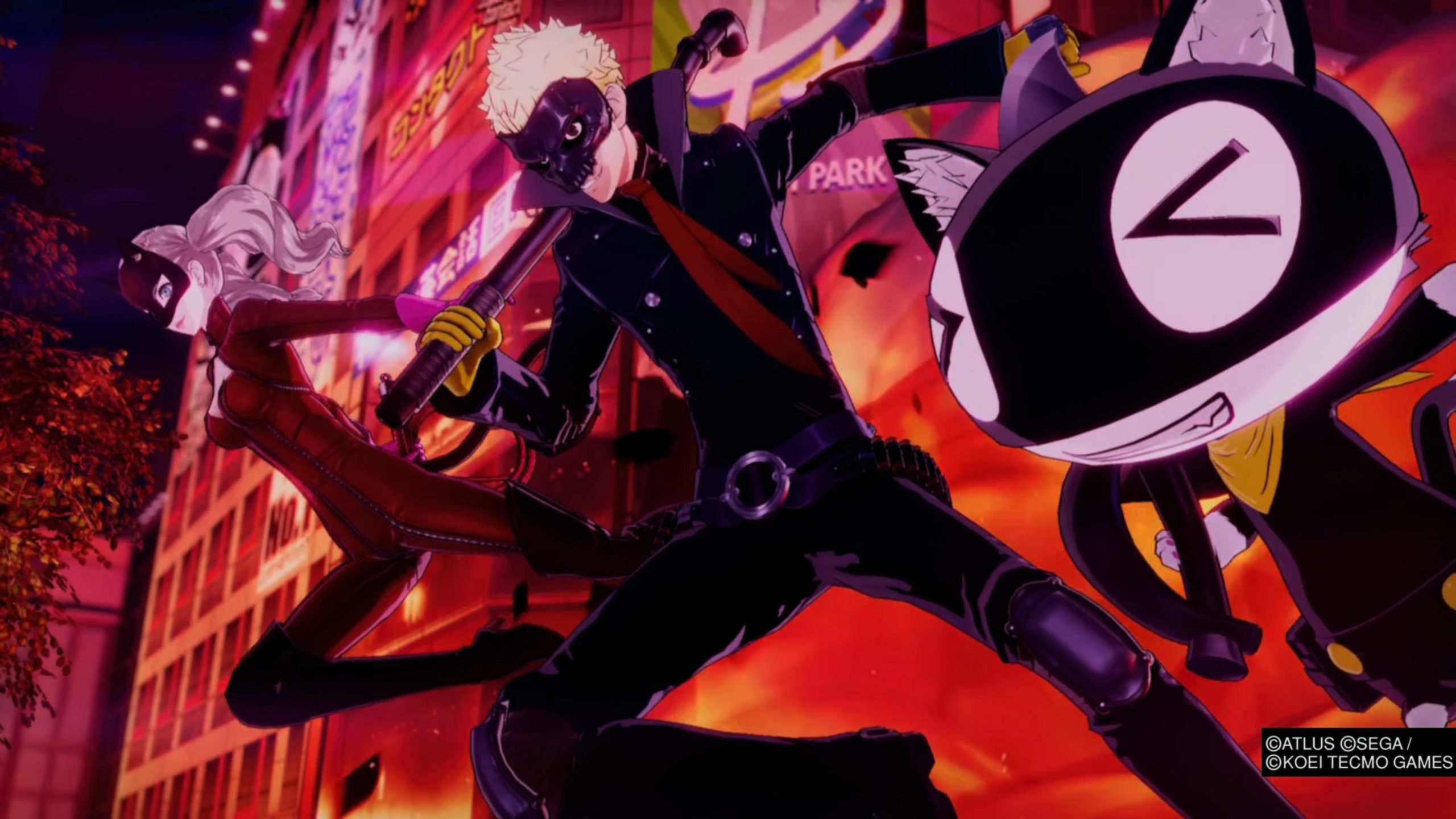
At best, video games only refer to trauma in the abstract or as something fans use to justify a character’s bad behaviour (“See, trauma is why Ellie beat that Black woman to death for no reason.”) In Strikers, that shit doesn’t fly. The Phantom Thieves understand and sympathise with the monarchs’ various traumas. But they know and say aloud that no matter what that trauma is, it doesn’t excuse the behaviours monarchs perpetrate, nor does it shield them from the consequences of their actions.
The Phantom Thieves hold people accountable for their actions when they fuck up, while allowing them the grace to try and do better in the future. I do wish some of the resolutions weren’t so saccharine. It doesn’t help that, despite having gone through more shit than most, the Phantom Thieves are still adolescents with a very black-and-white view of the world. It rang extremely hollow to hear them tell some of their defeated foes essentially, “Yes, you’ve abused public trust, but so long as you say ‘sorry’ and promise not to do that again, you should totally be allowed back into a position of power!” You can encourage people after they’ve failed, but sometimes, an error can be so large and damaging that a return to fame or power is out of question.
One of the two new Phantom Thieves, Zenkichi Hasegawa (wonderfully performed by Tom Taylorson) challenges their black-and-white notions of justice with the touch of grey that being an adult forces one to adopt. The Phantom Thieves are kids, whose concept of justice hasn’t developed beyond there’s right and there’s wrong, and people who don’t do anything to change that are at best, cowards or at worst, villains themselves. Hasegawa calls them on their bullshit, noting that in the real world, doing nothing isn’t a sign of cowardice but sometimes necessary for survival.
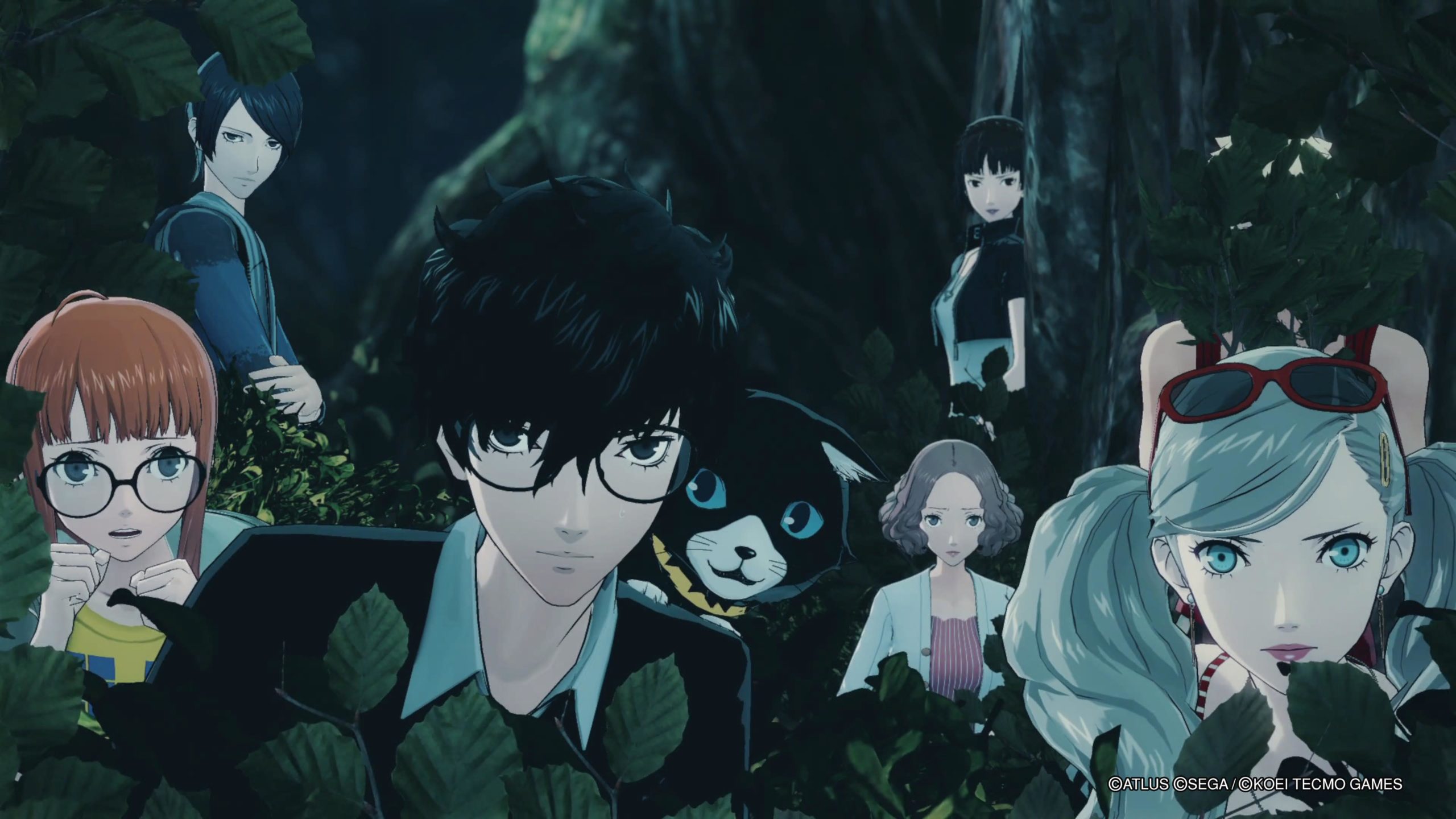
A river in a dry land
The last ace in a lost hand
When the hope of new beginnings burned our feet
Now we need it:
A heartbeat for a tin man
Sophia, the newest Phantom Thief, is an interesting, if flat, character. She’s an AI the group rescues from a jail who has no memories other than her one prime directive to become humanity’s companion, eventually becoming an irreplaceable member of the Phantom Thieves. I like her character and combat, but her high-pitched, sing-songy voice gets grating after a while.
One of my favourite scenes with Sophia is when a villain talks down to her, calling her weak and useless. Joker — the one who typically does the damsel saving — stands by silently while Ryuji comes to her rescue, stamping his feet and yelling in the most Ryuji way imaginable, “Shut the fuck up!”
An oasis in a singed land
Remind us what we’re here for:
Creating new life
Creating rivers in the desert
When a cool drop of water’s all I need
Gotta clear my head of anger and greed
A place to refresh heart and mind,
Can I find
Some time in
I can’t talk about Persona 5 without talking about its soundtrack. Shoji Meguro and Atsushi Kitajoh’s work is infused with emotion and is face-meltingly good. After investing as many hours into the Persona 5 universe as I have, you associate certain songs with certain feelings. “Beneath The Mask,” a song that’s always playing when you’re at home, becomes invariably associated with peace, safety, and a chill feeling of happiness. So it’s no surprise that when I walked into Leblanc during the game’s opening moments, I felt immediately soothed as it started to play.
Conversely, when the rock-and-roll reimagination of “Last Surprise” kicks your teeth in with its jamming electric guitar remix of that song’s iconic string melody, you know it’s time to fuck some shit up. The guitar-heavy remixes punch up songs to match the punched up pace of combat. It’s a perfect matching of tone. Replacing “Life Will Change” as the “this dungeon is on high alert” song is “Daredevil,” a new song made just for Strikers, and oh my goodness, what an ear-treat.
Half my enjoyment of Strikers came from its exploration, story, and food. The other half is all soundtrack (and a lil’ bit of combat.) I love what Kitajoh’s done with the music. I loved the remixed tracks, the incorporations of old favourites, and the new songs that play when you visit new locations. There were frequent times when I would stand in the middle of a busy street in Sendai or Sapporo and just vibe — the music is that good.
Rivers in a dry land
The last ace in a lost hand
When the hope of new beginnings burned our feet
Now we need it:
This year is only barely two months old, but I can confidently say Persona 5 Strikers will be on my game of the year list. I didn’t expect a musou spin-off to be a competent sequel to one of my favourite games of the last five years. It’s almost unfair to call Strikers a musou game, as it doesn’t feel like a Dynasty Warriors game at all. For as much as I love Koei Tecmo’s tentpole action series, Strikers’ combat is too slick and too varied, and too stylistically Persona to be called a typical musou. And I think it’s that combat that saves an otherwise sparsely appointed game.
A heartbeat for a tin man
An oasis in a singed land
Remind us what we’re here for:
With Persona 5 Strikers Koei Tecmo took a chance, deviating from its regular approach to these kinds of crossovers, creating something greater than the sum of its parts.
Creating new life
Creating rivers in the desert
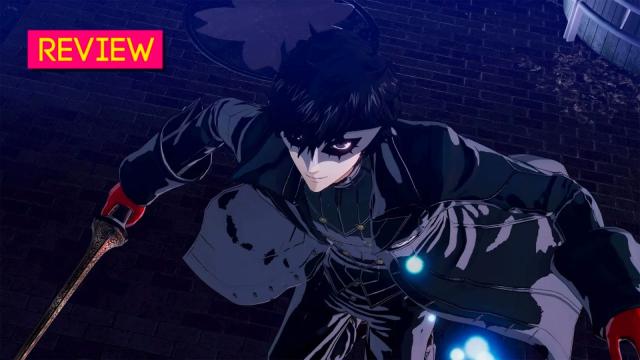
Leave a Reply